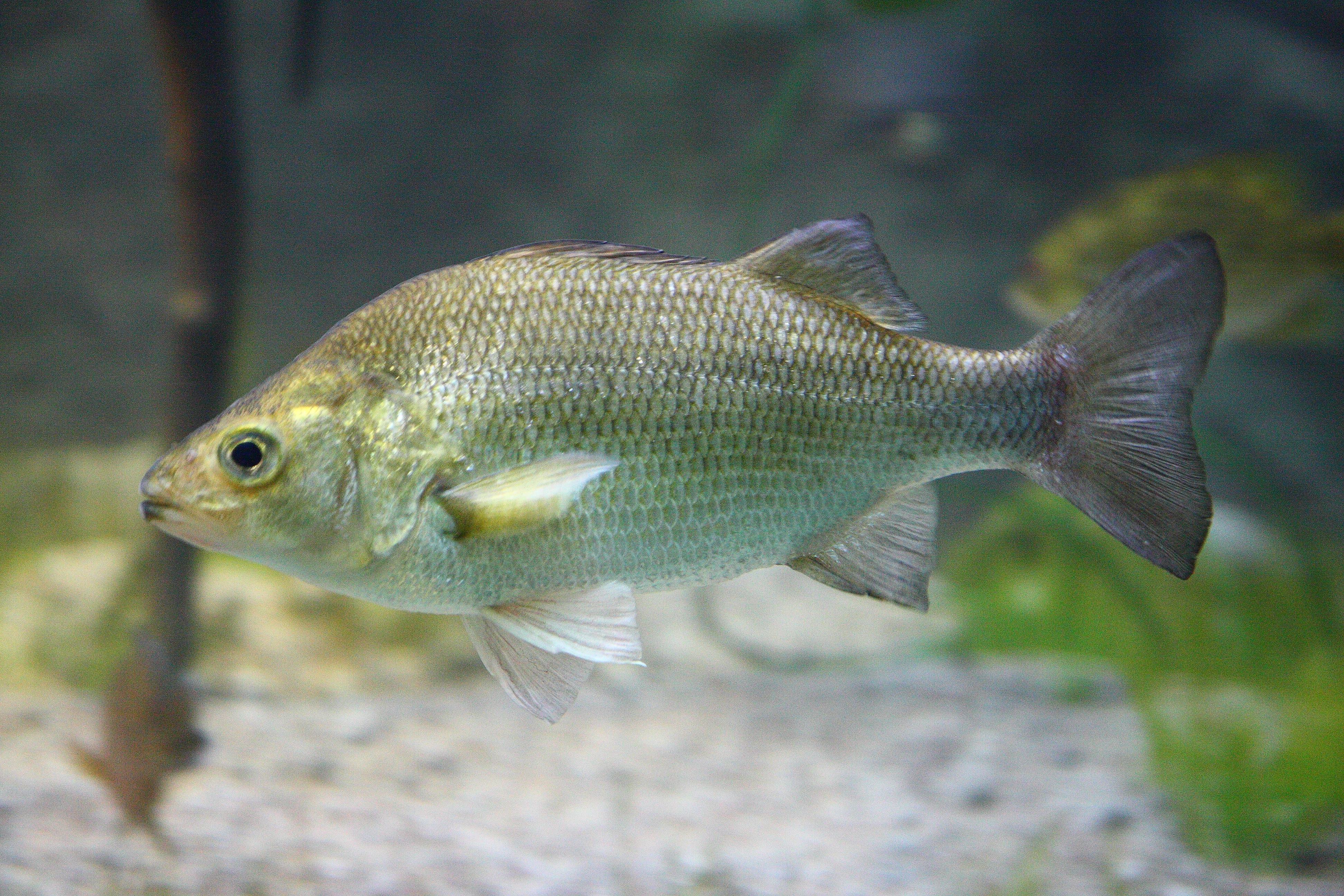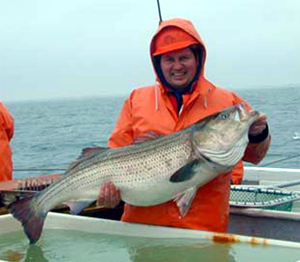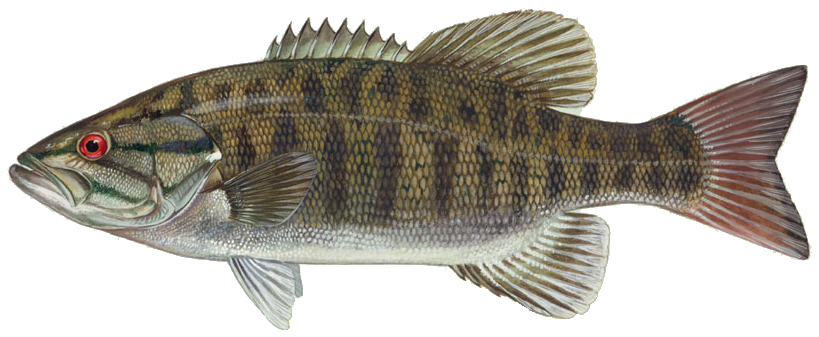|
Bass (fish)
Bass (; : bass) is a common name shared by many species of ray-finned fish from the large clade Percomorpha, mainly belonging to the order (biology), orders Perciformes and Moroniformes, encompassing both freshwater fish, freshwater and marine fish, marine species. The word ''bass'' comes from Middle English , meaning "perch", despite that none of the commonly referred bass species belong to the perch family (biology), family Percidae. Types * The black basses, such as the Choctaw bass (''Micropterus haiaka''), Guadalupe bass (''M. treculii''), largemouth bass (''M. salmoides''), smallmouth bass (''M. dolomieu''), and spotted bass (''M. punctulatus''), belong to the genus ''Micropterus'' of the sunfish family Centrarchidae. * The temperate basses, such as the European seabass (''Dicentrarchus labrax''), striped bass (''Morone saxatilis'') and white bass (''M. chrysops''), belong to the two extant taxon, extant genera ''Dicentrarchus'' and ''Morone'' of the family Moronidae. * Th ... [...More Info...] [...Related Items...] OR: [Wikipedia] [Google] [Baidu] |
Largemouth Bass
The largemouth bass (''Micropterus nigricans'') is a carnivorous, freshwater fish, freshwater, ray-finned fish in the Centrarchidae (sunfish) family, native to the eastern United States, eastern and central United States, southeastern Canada and northern Mexico. It is known by a variety of regional names, such as the widemouth bass, ''bigmouth bass'', ''black bass'', ''largie'', Potter's fish, Florida bass or ''Florida largemouth'', ''green bass'', bucketmouth bass, ''green trout'', growler, Gilsdorf bass, Oswego bass, LMB, and southern largemouth and northern largemouth. The largemouth bass, as it is known today, was first described by French naturalist Georges Cuvier in 1828. A recent study concluded that the correct scientific name for the Florida bass is ''Micropterus salmoides'', while the largemouth bass is ''Micropterus nigricans''. It is the largest species of the black bass, with a maximum recorded length of and an unofficial weight of . The largemouth bass is the Lis ... [...More Info...] [...Related Items...] OR: [Wikipedia] [Google] [Baidu] |
Japanese Seabass
The Japanese sea bass (''Lateolabrax japonicus'') is a species of catadromous marine ray-finned fish from the Asian sea bass family Lateolabracidae which is found in the Western Pacific. Japanese names In the Kanto area (Eastern Japan), including Shizuoka Prefecture, it is called Seigo when under 25cm. At 3 years of age, when it has attained a length of nearly 60cm, it is called Fukko or Suzuki. In Kansai (Western Japan) it is called Seigo, Hane, and . ShizuokaGourmet.com, accessed on 2 September 2023. Description  The Japanese sea bass ...
The Japanese sea bass ...
[...More Info...] [...Related Items...] OR: [Wikipedia] [Google] [Baidu] |
Moronidae
The Moronidae is a family of percomorph fishes, commonly called the temperate basses, in the order Moroniformes. These fishes are found in the freshwaters of North America and the coastal waters of the North Atlantic. Taxonomy Moronidae was first proposed as a family in 1896 by the American ichthyologists David Starr Jordan and Barton Warren Evermann. The 5th edition of the ''Fishes of the World'' classifies this family in the order Moroniformes with the Ephippidae and Drepaneidae. Other authorities place the Ephippidae and Drepaneidae in the order Ephippiformes with the Moronidae classified as ''incertae sedis'' in the series Eupercaria. Other authorities classify all three families in the Moroniformes ''sensu'' ''Fishes of the World'' in the Acanthuriformes. Genera Moronidae basses are classified within the two living genera '' Morone'' and'' Dicentrarchus'' as follows: *'' Dicentrarchus'' **'' D. labrax'' - (European seabass) **'' D. punctatus'' - (spotted seabass) ... [...More Info...] [...Related Items...] OR: [Wikipedia] [Google] [Baidu] |
Morone
''Morone'' is a genus of temperate basses native to the Atlantic coast of North America and the freshwater systems of the midwestern and eastern United States. Etymology The word ''morone'' is an archaic variation of "maroon". American politician-naturalist Samuel Latham Mitchill (1764-1831) first coined the genus in 1814, describing all four species of "perch of New York" he included under the genus (only two of which still remain classified under the genus today) as having " ruddy", " scarlet", or "reddish, rusty and ochreous" fin A fin is a thin component or appendage attached to a larger body or structure. Fins typically function as foils that produce lift or thrust, or provide the ability to steer or stabilize motion while traveling in water, air, or other fluids. F ...s. Species The currently recognized species in this genus are: References Extant Eocene first appearances {{Acanthuriformes-stub ... [...More Info...] [...Related Items...] OR: [Wikipedia] [Google] [Baidu] |
Dicentrarchus
''Dicentrarchus'' is a genus of ray-finned fishes belonging to the Family (biology), family Moronidae, the temperate basses. The two species in this genus are found in the eastern Atlantic Ocean and the Mediterranean Sea. The species in this genus are economically important food fishes. Classification ''Dicentrarchus'' was first proposed as a monospecific genus in 1860 by the American ichthyologist Theodore Gill with ''Perca elongata'', which had been Species description, described in 1817 by Étienne Geoffroy Saint-Hilaire from the Mediterranean Sea of Egypt, designated as its type species. The genus is one of two in the family Moronidae which belongs to the Order (biology), order Moroniformes. Etymology ''Dicentrarchus'' is a combination of ''di'', “two”, with ''kentron'', “thorn” or “spine”, and ''archos'', “anus”. This is an allusion to the two anal fin spines Gill thought the European seabass had. In fact, both species have three spines in their anal fins and ... [...More Info...] [...Related Items...] OR: [Wikipedia] [Google] [Baidu] |
Extant Taxon
Neontology is a part of biology that, in contrast to paleontology, studies and deals with living (or, more generally, '' recent'') organisms. It is the study of extant taxa (singular: extant taxon): taxa (such as species, genera and families) with members still alive, as opposed to (all) being extinct. For example: * The Indian elephant (''Elephas maximus'') is an extant species, and the woolly mammoth (''Mammuthus primigenius'') is an extinct species. * The moose (''Alces alces'') is an extant species, and the Irish elk (''Megaloceros giganteus'') is an extinct species. * In the group of molluscs known as the cephalopods, there were approximately 600 extant species and 7,500 extinct species. A taxon can be classified as extinct if it is broadly agreed or certified that no members of the group are still alive. Conversely, an extinct taxon can be reclassified as extant if there are new discoveries of living species (" Lazarus species"), or if previously known extant species ... [...More Info...] [...Related Items...] OR: [Wikipedia] [Google] [Baidu] |
White Bass
The white bass, silver bass, or sand bass (''Morone chrysops'') is a freshwater fish of the temperate bass family Moronidae. commonly around 12–15 inches long. The species' main color is silver-white to pale green. Its back is dark, with white sides and belly, and with narrow dark stripes running lengthwise on its sides. It has large, rough scales and two dorsal fins. They are widely distributed across North America, inhabiting large reservoirs and rivers. When mating in the spring, they are more often found in shallow rivers, creeks, and streams. They have been introduced in some places as sport fish and also to predate on nuisance fish, such as gizzard shad. It is the state fish of Oklahoma. Range White bass are distributed widely across the United States, especially in the Midwest. They are very abundant in Pennsylvania and the area around Lake Erie. Some native ranges of the white bass are the Arkansas River, western Lake Erie, the Detroit River, and Lake Poinse ... [...More Info...] [...Related Items...] OR: [Wikipedia] [Google] [Baidu] |
Striped Bass
The striped bass (''Morone saxatilis''), also called the Atlantic striped bass, striper, linesider, rock, or rockfish, is an anadromous perciform fish of the family Moronidae found primarily along the Atlantic coast of North America. It has also been widely introduced into inland recreational fisheries across the United States. Striped bass found in the Gulf of Mexico are a separate strain referred to as Gulf Coast striped bass. The striped bass is the state fish of Maryland, Rhode Island, and South Carolina, and the state saltwater (marine) fish of New York, New Jersey, Virginia, and New Hampshire. It is generally called the striped bass north of New Jersey, rockfish south of New Jersey, and both in New Jersey. The history of the striped bass fishery in North America dates back to the Colonial period. Many written accounts by some of the first European settlers describe the immense abundance of striped bass, along with alewives, traveling and spawning up most rivers in ... [...More Info...] [...Related Items...] OR: [Wikipedia] [Google] [Baidu] |
European Seabass
The European seabass (''Dicentrarchus labrax''), also known as the branzino, European bass, sea bass, common bass, white bass, capemouth, white salmon, sea perch, white mullet, sea dace or loup de mer, is a primarily ocean-going fish native to the waters off Europe's western and southern and Africa's northern coasts, though it can also be found in shallow coastal waters and river mouths during the summer months and late autumn. It is one of only six species in its family, Moronidae, collectively called the temperate basses. It is fished and raised commercially and is considered the most important fish currently cultured in the Mediterranean. In Ireland and the United Kingdom, the popular restaurant fish sold and consumed as sea bass is exclusively the European bass. In North America, it is widely known by one of its Italian names, branzino. European seabass is a slow-growing species that takes several years to reach adulthood. An adult European seabass usually weighs around . Eu ... [...More Info...] [...Related Items...] OR: [Wikipedia] [Google] [Baidu] |
Centrarchidae
Centrarchidae, better known as sunfishes or centrarchids, is a family of freshwater ray-finned fish belonging to the order Centrarchiformes, native only to North America. There are eight universally included genera within the centrarchid family: '' Lepomis'' (true sunfishes), '' Micropterus'' (black basses), ''Pomoxis'' ( crappies), '' Enneacanthus'' (banded sunfishes), ''Centrarchus'' ( type genus, consisting solely of the flier ''C. macropterus''), ''Archoplites'' ( Sacramento perch), '' Ambloplites'' (rock basses), and ''Acantharchus'' ( mud sunfish). Their closest relatives are the pygmy sunfishes of the family Elassomatidae, which are sometimes placed in the same family, although presently treated as distinct. The centrarchid family comprises 38 identified species, 34 of which are extant. It includes many popular game fishes familiar to North American anglers, such as the rock bass, largemouth bass, bluegill, pumpkinseed, green sunfish and crappies. Most sunfish a ... [...More Info...] [...Related Items...] OR: [Wikipedia] [Google] [Baidu] |
Micropterus
''Micropterus'' is a genus of North American freshwater fish collectively known as the black bass, which belong to the sunfish family (biology), family Centrarchidae of order (biology), order Centrarchiformes. They are sometimes erroneously called "black trout", but the name trout more correctly refers to certain potamodromous members of the family Salmonidae (order Salmoniformes). ''Micropterus'' are widely distributed east of the Rocky Mountains, from the Hudson Bay basin in Canada to northeastern Mexico. Several species, notably the largemouth bass, largemouth and smallmouth bass, have been very widely introduced species, introduced throughout the world, and are now considered cosmopolitan (species), cosmopolitan. All black bass species are highly sought-after game fish and well known as strong fighters when angling, hooked, and bass fishing is an extremely popular outdoor sport throughout their native range. Their meat is quite edible and firm, although they are not regarde ... [...More Info...] [...Related Items...] OR: [Wikipedia] [Google] [Baidu] |







